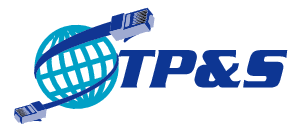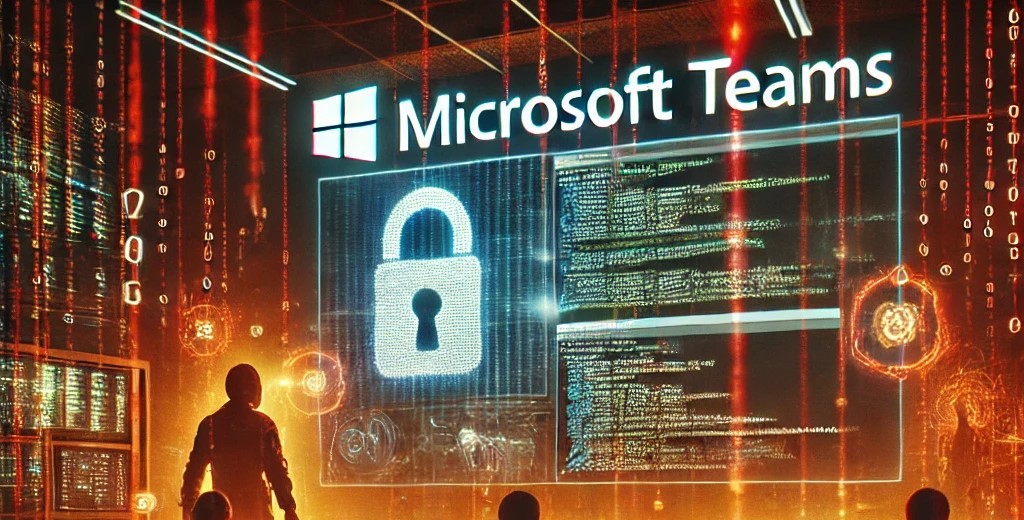Hackers Exploiting Microsoft Teams to Gain Remote Access to Users’ Systems
In a rapidly evolving digital landscape, communication platforms like Microsoft Teams have become indispensable tools for remote work and collaboration. However, this ubiquity has also made these platforms prime targets for cybercriminals. Recent reports reveal a concerning trend: hackers are exploiting Microsoft Teams to gain unauthorized remote access to users’ systems.
The Attack Vector
Hackers leverage phishing techniques and malicious payloads to infiltrate Teams environments. Often, they disguise themselves as legitimate users or organizations, sending messages laden with harmful links or files. These messages may exploit human trust and urgency, encouraging users to click on malicious attachments or provide sensitive information. Once a user interacts with the malicious content, the attackers can deploy malware or gain access to critical system resources.
Exploitation Methods
- Phishing Messages: Cybercriminals use convincing messages with fraudulent links that redirect users to spoofed login pages or malicious websites.
- Malicious Attachments: Files disguised as legitimate documents may contain malware that executes once downloaded and opened.
- Exploitation of Weak Configurations: Poor security configurations, such as weak passwords or lack of multi-factor authentication (MFA), can provide attackers with easy entry points.
- Add-On Vulnerabilities: Attackers exploit vulnerabilities in third-party integrations or applications connected to Microsoft Teams, creating additional pathways to breach systems.
Impact of the Breach
Once attackers gain access, the consequences can be severe. Hackers can:
- Exfiltrate sensitive data, including financial records, intellectual property, or customer information.
- Spread malware or ransomware across the organization’s network.
- Use compromised accounts to launch further attacks within the organization or against external partners.
- Damage the organization’s reputation, leading to loss of customer trust.
Preventive Measures
To mitigate these risks, organizations and users should adopt the following best practices:
- Implement Robust Authentication: Use strong passwords and enforce multi-factor authentication (MFA) for all accounts.
- Educate Users: Train employees to recognize phishing attempts and verify links or attachments before interacting with them.
- Enable Security Features: Utilize Microsoft Teams’ built-in security features, such as Safe Links and file scanning, to block malicious content.
- Monitor Activity: Regularly audit user activity and access logs to detect and respond to suspicious behavior promptly.
- Update and Patch: Keep all software, including Teams and its integrations, updated to mitigate vulnerabilities.
- Limit Permissions: Restrict administrative access and enforce the principle of least privilege to minimize potential damage from compromised accounts.


